Print Strategies
Below are strategies posts related to Print.
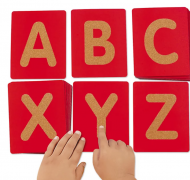 |
Teaching Print LettersLessons on teaching print letters with fun activities and ideas. When introducing letters, children with visual impairments need access and intentional learning opportunities. |
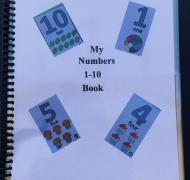 |
Creating a Numbers Book for a Student with Low VisionThis numbers book was created for a student with low vision who is working on number recognition. |
|
|
Adapting Coloring Pages for Students with Low VisionColoring pages can be adapted with textured shapes, as well as hot glue and puff paint, to make them more accessible for children with low vision or visual impairments. |
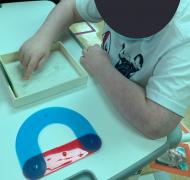 |
Letter Formation and HandwritingA kinesthetic approach to letter formation and writing using Montessori materials and adaptations for low vision can help children with visual impairments to make progress with handwriting skills. |
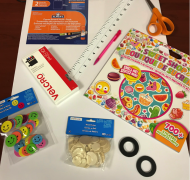 |
Telescope Training BoardMake your own Telescope Training Board for students with low vision, who are learning to use monocular telescopes. These boards can help to train them in the use of the device. |
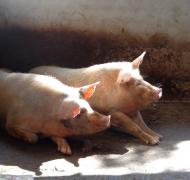 |
Beginning Books: Two Pigs SleepingThis basic book was created for an 8-year-old girl in China who is deafblind. She has low vision and uses sign language to communicate. |
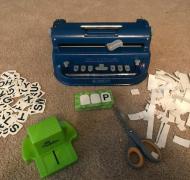 |
Adapting What's Gnu for Beginning Braille ReadersWhat's Gnu? is an easy game to adapt for beginning braille readers, which can be fun to play at home with sighted siblings or in an inclusive classroom. |
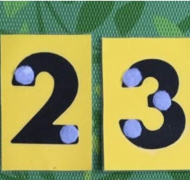 |
Touch Math CardsI made these Touch Math cars for elementary students with visual impairments and additional disabilities to teach numbers and counting. |
 |
Honoring the Summer Solstice: 10 Activity Ideas for Students Who Are Blind or Visually ImpairedFun hands-on learning activities for the summer solstice for children who are blind or visually impaired |
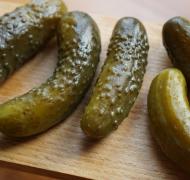 |
Pickle Dissection with the Prodigi ConnectCollaborative science project in an inclusive setting for a middle school student with Low Vision |
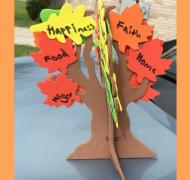 |
Tree of ThanksThis Thanksgiving craft give students with visual impairments and other special needs the chance to write about what they are thankful for. |
 |
Adapting Clue Jr. for Children with Vision ImpairmentsTips to adapt the board game of Clue Jr. for children who are blind or low vision. |
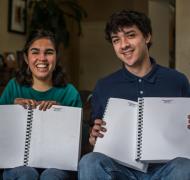 |
Yearbook Time! Ideas on Including Students with Visual ImpairmentsIdeas to make the yearbook experience accessible to students who are blind or visually impaired |
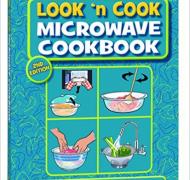 |
Visual Recipes for Non-ReadersThese visual recipes have pictures that a non-reader can use to follow in a cooking lesson. |
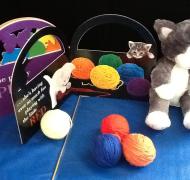 |
A Storybox for Teaching ColorsThis story box offers practice identify colors, as well as basic concepts, such as big and little. |
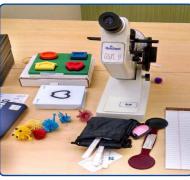 |
Experience Story: Going to Low Vision ClinicExperience book for students with visual impairments about visiting the low vision clinic. |
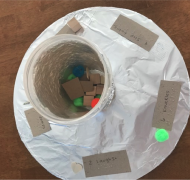 |
Spin and Move!This game provides practice matching textures, objects, and braille words. Kids will enjoy reading braille labels and performing the action movements on the card! |
 |
Light-Up Stacking Blocks Work on Eye-Hand CoordinationLight-up stacking blocks help students with visual impairments to work on eye-hand coordination. |
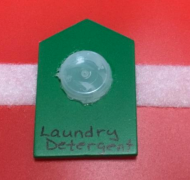 |
Grocery Shopping BookUsing tactile symbols to support grocery shopping with children who are blind or visually impaired, including those with additional disabilities |
 |
Using Frequently Confused Words CorrectlyPractice with frequently confused words and homonyms |
